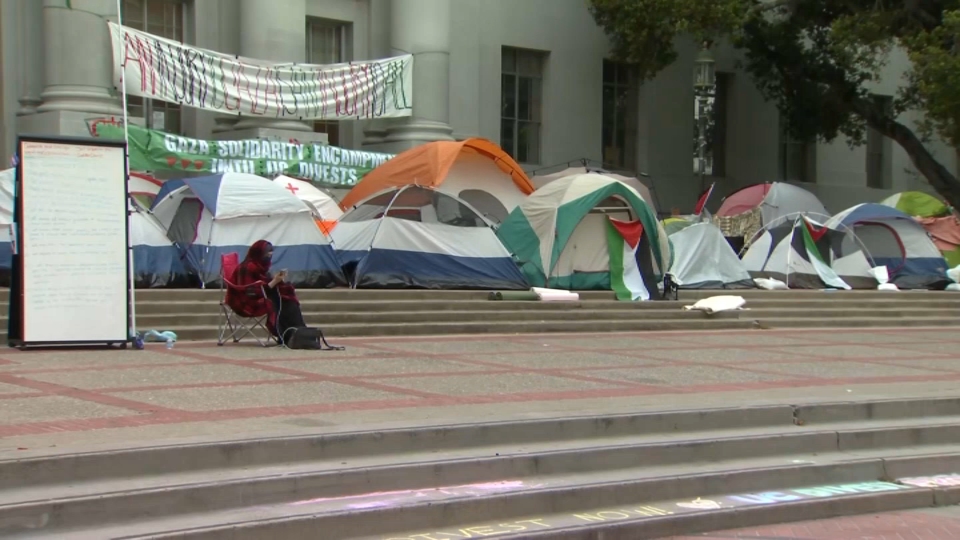Some California agencies and departments have been slow to distribute proceeds from bond sales for local projects, costing the state at least $49 million in interest each year even as it has struggled to address chronic budget shortfalls.
As of June, according to the most recent figures available, the state was holding on to about $7 billion from the sale of general obligation bonds, according to a report by the California State Auditor. A little less than half of that amount was from bonds that had been idle for more than two years, the report noted.
State officials acknowledged they could do more to reduce the interest payments, most of which are covered by the state’s operating budget.
“I don’t think there is any question that the responsible agencies could be doing a better job getting money out the door,” said Tom Dresslar, a spokesman for the state treasurer’s office, adding: “Obviously, there is more work to be done.”
Since taking office in January last year, Gov. Jerry Brown has significantly reduced the volume of unspent bonds that he inherited from Gov. Arnold Schwarzenegger.
When Brown became governor, the state was holding on to $12.9 billion in bond funds, Dresslar said. Since then, the Brown administration has reduced the volume of funds by nearly half to about $7 billion, which in turn has allowed it to reduce the amount of new debt.
Even so, some critics of government spending say the state could do more to reduce its interest payments.
Local
“With this money sitting idle, it is not doing anyone any good,” saidKris Vosburgh, executive director of the Howard Jarvis Taxpayers Association. “It is just draining our treasury.”
Tracy Westen, chief executive officer of the Center for Governmental Studies in Los Angeles, agreed.
“In the private sector, you don’t order the raw materials and have them sit around the stockyard. You use them within hours,” Westen said. “It seems to me that practice ought to be used with these bonds.”
State officials say it is difficult to determine how much interest the state is paying on all the bonds, largely because it is too difficult to track the bond cash back to each bond that has been sold.
The largest sum of unspent bond proceeds as of June was $2.1 billion, which is overseen by the California Department of Water Resources to provide safe drinking water and protect residents from floods and mudslides.
Michael Tufts, the department’s bond accountability manager, said the department’s bond proceeds accumulated because Schwarzenegger imposed a freeze in December 2008 preventing state agencies from issuing any bonds. While Schwarzenegger lifted the ban six months later, the agency had to renegotiate contracts that had expired, delaying the launch of some projects even further. All of the department’s projects were delayed – except for those addressing drought conditions or safety hazards.
Bay Area projects temporarily delayed by the release of bond funds included a water supply study in eastern Alameda County and the Sonoma Land Trust’s 2009 acquisition of the Jenner Headlands, encompassing more than 5,600 acres east of Highway 101 in Sonoma County.
“One of the reasons we have the most money is because we were one of the departments that received bond funding through one of the last bonds authorized by California voters,” Tufts said. “We are trying to manage this as well as possible. We want to do the proper thing by reviewing all the projects thoroughly.”
Another agency with a large balance of unspent bonds is the state Department of Housing and Community Development, which has paid an average of $49 million annually in interest for its unused bond proceeds since the bonds were sold in 2010, according to a recent report by the state auditor’s office. The funds are from two bond measures approved by voters within the past decade to improve housing.
Colin Parent, a spokesman for the California Department of Housing and Community Development, said his agency had not deferred any bond-funded projects.
“It’s not a situation where projects were being delayed,” Parent said. “We issued more bonds then was necessary for the purposes of cash flow. The primary purpose was to encourage banks to give contractors construction loans to do the work.”
Even so, the state has made a push to spend down its bond funds.
“There has been some real progress made in getting those funds out the door,” Dresslar said. “We are concentrating on getting the money that we already have in hand out to projects."
View this story on Bay Citizen
This story was produced by The Bay Citizen, a nonprofit, investigative news sources in the Bay Area and a part of the Center for Investigative Reporting. Learn more at www.baycitizen.org.



